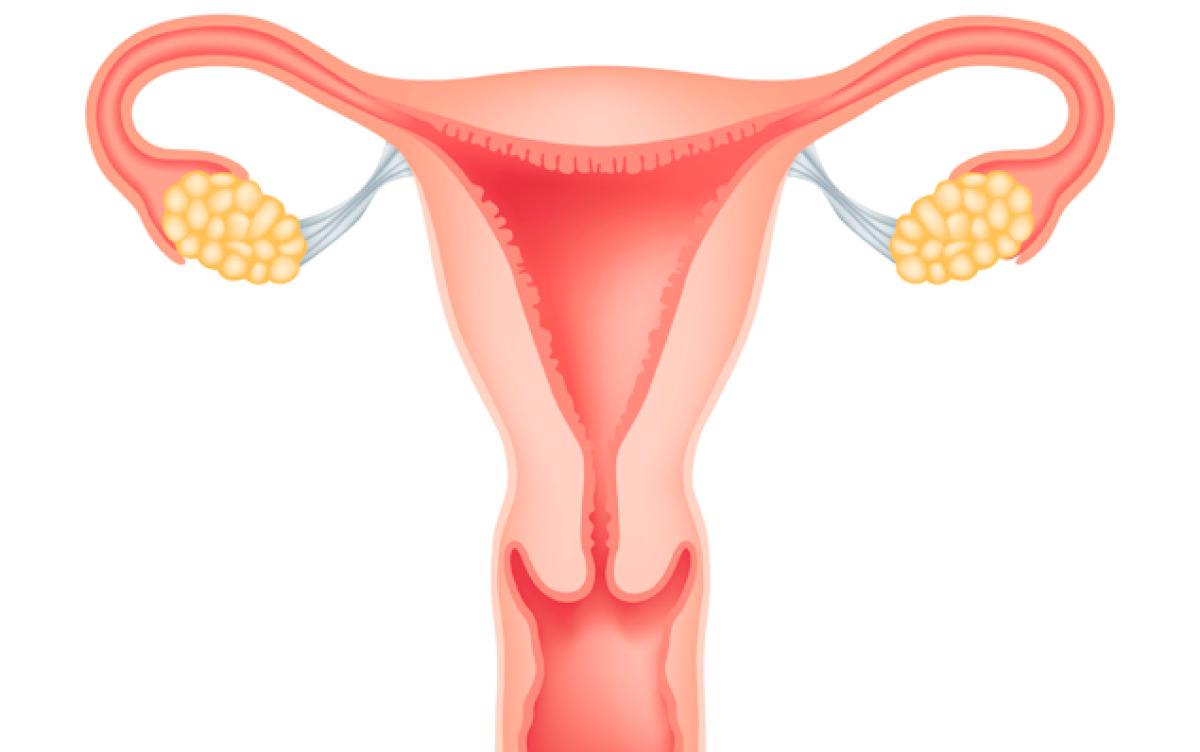Learn it’s symptoms and how to prevent it naturally. Check out the article we found over at Healthy and Natural World.
Cancer of the womb, often referred to as endometrial cancer, is a common cancer of the female reproductive organs. The American Cancer Society estimates that in 2015, about 54,870 new cases of this cancer will be diagnosed in the US. In the UK, each year about 8,475 new cases are found, and womb cancer accounts to 3% of all cancers diagnosed in women, which makes it the 4th most common cancer in this population.
As with all cancers, treatment success depends heavily on early detection. There are many survivors of this disease who continue to lead a normal and satisfying life.
How is Uterine Cancer Different from Cervical Cancer?
Normal uterus is about the size and shape of a medium-sized, upside down pear. It has two parts:
- The body (or the corpus), which is the upper part of the womb.
- The cervix, which makes up the lower part of the womb and extends into the vagina.
Although cervix is technically a part of the womb, when we talk of womb cancers, we refer to cancers that start in the body of the uterus. Cervical cancers can spread to the body of the womb, but they are diagnosed and treated in a different way than uterine cancers.
Signs and Symptoms of Uterine Cancer
The most common symptom is abnormal vaginal bleeding or abnormal discharge from your vagina. If you’ve already been through the menopause, any bleeding is considered unusual. For women pre-menopause, abnormal bleeding is bleeding between periods.
You don’t want to panic and most vaginal bleedings are not connected with cancer. However, it’s always better to be sure.
Other symptoms may include:
- Pain when having sex
- Pain during urination
- Pelvic pain
Uterine Cancer – Risk Factors
Uterine (Endometrial) cancer is more common in women who have been through the menopause, with most cases diagnosed in women aged 40 to 74. This cancer has been connected to hormonal imbalances, which are physiologically more common in older women. The hormonal imbalance (increased levels of estrogen) causes the lining of the uterus to become thicker and provide an environment where cancer cells can grow.
Other risk factors include:
– Obesity
– Diabetes
– Endometrial overgrowth (endometrial hyperplasia) – this condition causes thickening of the lining of the womb; it is not cancer, but can develop into womb cancer in some women.
– First period before the age of 12
– Menopause after the age of 55
– Not having children
Uterine Cancer -Treatment
– To confirm a diagnosis of womb cancer, a small sample of the tissue from the womb’s inner lining is taken and analyzed (endometrial biopsy).
– Treatment options depend on the type and stage of the cancer.
– The conventional treatment for womb cancer most commonly involves the surgical removal of the womb (hysterectomy). Often, the ovaries and fallopian tubes need to be removed as well, and if the disease has spread, the lymph nodes surrounding the womb, too. In conjunction with surgery, chemotherapy and radiotherapy are sometimes used to kill the cancer cells. Some women also undergo hormone therapy to curb cancer growth.
– These invasive treatments can cause many side effects and affect the quality of life.
Home remedies
Some side effects can be treated or eased at home using more natural options:
– Ginger and peppermint tea can work with nausea and vomiting.
– If you suffer from diarrhea, make sure you stay well hydrated.
– Manage your energy levels and prioritize your daily activities.
– If possible, keep a balanced and healthy routine.
Next Article: The Warning Signs Of Cervical Cancer
Read full article: Uterine (Endometrial) Cancer – Symptoms, Risk Factors and Prevention







Trackbacks/Pingbacks
[…] Cancer Of The Womb, Symptoms And How To Prevent It Naturally November 30, 2015 […]